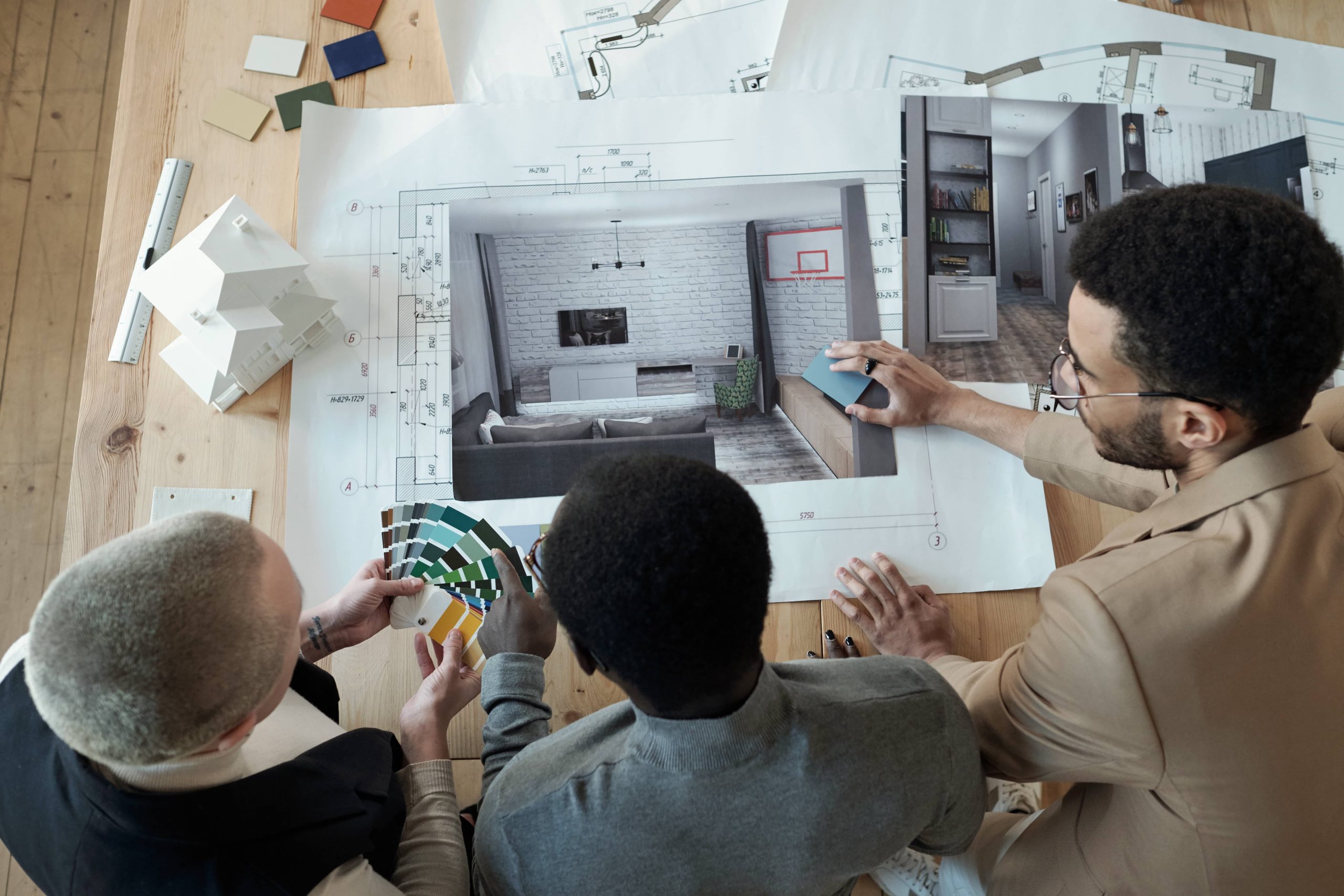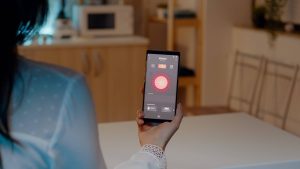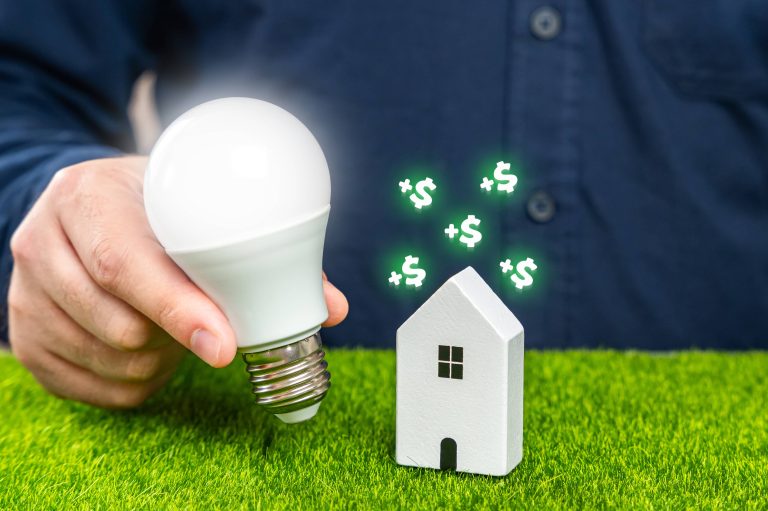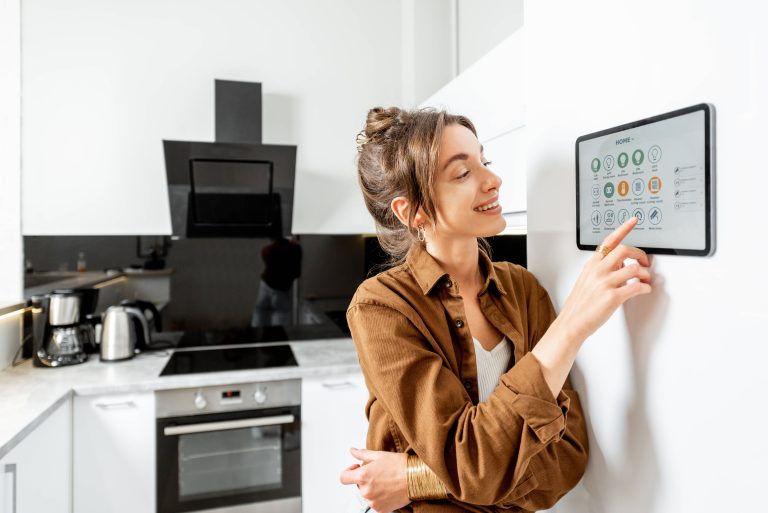
The advancements in technology have brought many conveniences and improvements to our daily lives, but perhaps one of the most powerful transformations has been in the realm of smart home innovations. For seniors and disabled individuals, these technological advancements are not just about comfort and convenience—they can be life-changing. Automating a home for seniors and disabled individuals brings a unique set of benefits that cater to safety, independence, and overall quality of life. In this blog post, we explore how smart home innovations are tailoring solutions for these individuals and consider the future potential of these technologies.
1. Voice-Activated Assistants
Voice-activated assistants like Amazon’s Alexa, Google Assistant, and Apple’s Siri are no longer just novelty items; they serve as invaluable tools for seniors and the disabled. These devices can remind individuals to take their medication, control smart home devices, and even serve as a communication tool with family members or caregivers.
For example, an individual with mobility issues can use voice commands to turn lights on and off, adjust the thermostat, and control other connected devices around the house. This not only enhances their comfort but significantly reduces the need for physical exertion.
2. Smart Health Monitoring
Health monitoring is crucial for seniors and disabled individuals. Smart health devices such as wearables, monitoring systems, and connected home medical devices provide real-time data and alerts. Devices like Fitbit or Apple Watch can monitor heart rate, sleep patterns, physical activity, and even detect falls.
In more sophisticated setups, smart home technology can integrate with medical devices that monitor blood pressure, glucose levels, and more. These systems can automatically send alerts to family members, caregivers, or medical professionals if certain thresholds are reached, ensuring timely responses to potential health crises.
3. Automated Emergency Response Systems
Emergency response systems have evolved tremendously with smart home technology. Traditional panic buttons have been supplemented by more advanced systems that detect emergencies automatically. Sensors can identify irregular activities such as prolonged inactivity, falls, or even unusual patterns that may suggest a medical issue.
Systems like Life Alert now come with smart integrations that allow them to connect directly with home automation to unlock doors for emergency responders, turn on lights, and more, aiming to provide a comprehensive and immediate response.
4. Enhanced Security Systems
Security is a paramount concern for seniors and disabled individuals. Modern smart home security systems provide a layer of protection that is both robust and comprehensive. With features like doorbell cameras, smart locks, and motion sensors, individuals can monitor their home’s security in real-time.
Remote access through smartphones or tablets allows individuals or their family members to check on the home even when they’re not there. For individuals who may have cognitive impairments, smart locks can be a lifesaver, automatically securing the home if someone forgets to lock a door.
5. Customized Living Spaces
Smart home technology allows for the customization of living spaces to meet the unique needs of each individual. Adjustable countertops, cabinets, and shelves can be implemented to accommodate wheelchairs or mobility equipment. Smart kitchens with appliances that can be controlled via voice commands or smartphone apps ensure that daily tasks like cooking are easier and safer.
Additionally, lighting systems can be automated to adjust based on time of day or activity, reducing the risk of falls by ensuring adequate lighting at all times. Window coverings that can be controlled remotely or on a schedule also contribute to customized comfort and convenience.
6. Smart Communication Tools
Maintaining communication with loved ones and caregivers is crucial for the mental and emotional well-being of seniors and disabled individuals. Video calling systems integrated into smart home environments make this easier than ever. Devices like the Amazon Echo Show or Facebook Portal allow for effortless video calls that don’t require computer literacy or physical effort.
These tools also offer functionalities like instant messaging, reminders to contact loved ones, and even games and activities that can be shared remotely, fostering a sense of connectedness and reducing feelings of isolation.
7. Artificial Intelligence (AI) and Machine Learning
The future of smart home automation for seniors and disabled individuals is exciting, with artificial intelligence (AI) and machine learning (ML) at the forefront. AI can learn an individual’s habits and preferences, predicting their needs and automating tasks accordingly. For instance, an AI-enabled system might learn when a person usually goes to bed and automatically adjust the thermostat, dim the lights, and lock the doors without any direct instruction.
Machine learning can also analyze patterns to detect anomalies that might signify a health issue or security concern, providing an additional layer of preventive care.
8. Cost and Accessibility
While these smart home technologies provide numerous benefits, cost and accessibility remain significant considerations. Fortunately, the market is seeing a growing range of products at varying price points, making it possible to find tailored solutions that fit within different budgets. Moreover, governmental and non-profit organizations are increasingly recognizing the value of these technologies, providing grants and funding to help seniors and disabled individuals afford these innovations.
Conclusion
Automating a home for seniors and disabled individuals is more than just integrating the latest gadgets; it’s about leveraging technology to create safe, comfortable, and empowering environments. The interplay of voice-activated assistants, smart health devices, emergency response systems, security solutions, and AI offers a holistic approach to independent living.
As technology continues to advance, the future holds even more promise for enhancing the quality of life for seniors and the disabled. Embracing these innovations is not just a step towards a more connected home; it’s a stride towards dignity, independence, and peace of mind for those who need it most.







